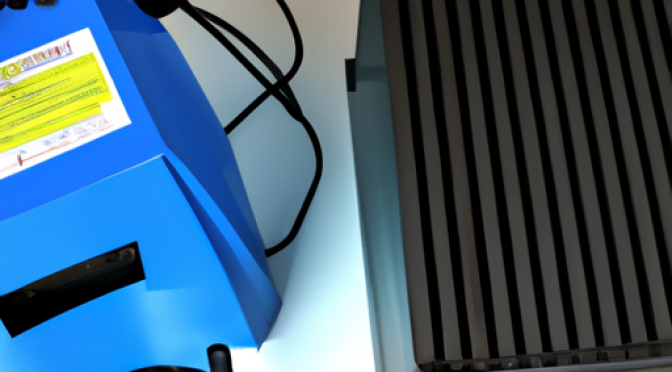A central inverter and a microinverter are two different types of inverters used in solar energy systems. Inverters are responsible for converting solar energy generated by solar panels into electricity that can be used by household appliances.
The central inverter is a larger device, usually located at the central location of the solar panel array. This inverter converts the direct current generated by the solar panels into alternating current that can be fed into the household grid. Central inverters are usually more powerful and can handle several solar panels at the same time. They are therefore usually used in larger solar systems.
Microinverters, on the other hand, are smaller, individual inverters connected directly to the solar panels. Each solar panel has a microinverter that instantly converts the direct current into alternating current. This means that each solar panel has a separate inverter and the power of the system is the sum of the solar panels. Microinverters are generally smaller in power and are used in smaller solar panel systems.
There are several differences between central inverters and microinverters. One of the main differences is the way they are installed. Central inverters are usually installed at the central location of the solar cluster, while microinverters are connected directly to the solar panels. This difference also affects the efficiency of the system and the length of the wiring.
Another difference is the system performance. Central inverters are more powerful and can handle more solar panels at the same time. They can therefore be more efficient in larger solar systems. Microinverters, on the other hand, are smaller and are used in smaller solar panel systems.
The third difference is the handling of failures. In the case of central inverters, if the inverter fails, the whole system can shut down. In contrast, with microinverters, if an inverter fails, only the output of the affected solar panels is reduced, the other solar panels continue to operate.
Finally, there is a price difference between central inverters and microinverters. Microinverters are generally more expensive, as each solar panel requires an inverter. Central inverters, on the other hand, can be cheaper, as only one inverter is needed to convert the power of the system.
Overall, therefore, central inverters and microinverters are different types of inverters used in solar energy systems. Central inverters are larger in size, have a higher power output and are located at the centre of the solar array. Microinverters, on the other hand, are smaller, have a lower output and are connected directly to the solar panels. Both types have advantages and disadvantages and the choice depends on the size of the solar system and the efficiency of the system.
∑: central, inverters, panels, microinverters, inverter, system, systems, smaller, larger
